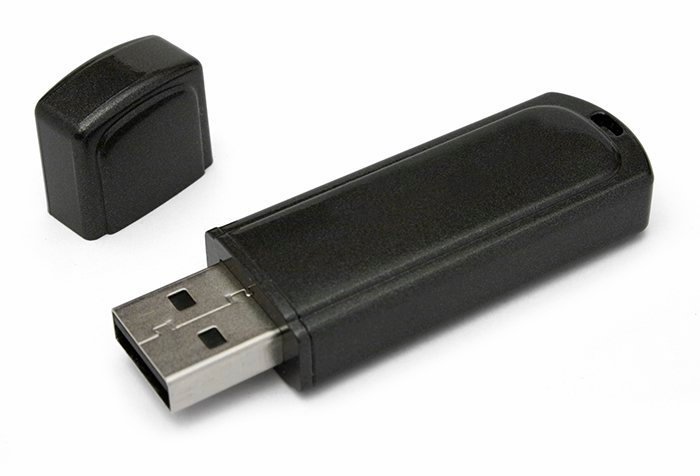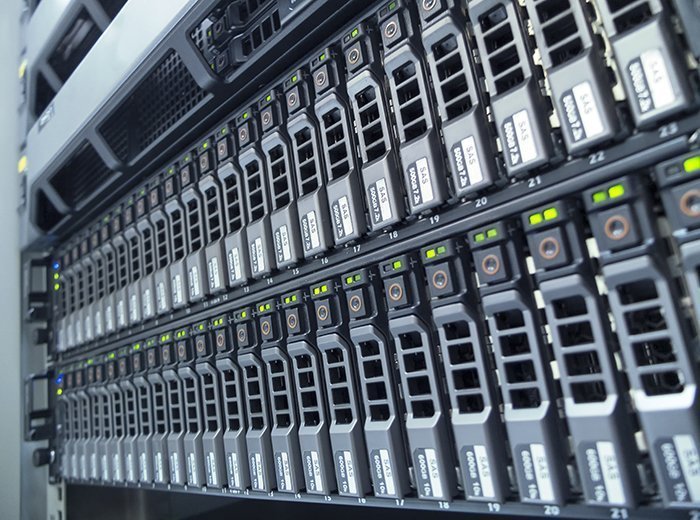Backup Storage Device
A backup storage device is used to make copies of data that is actively in use. Backup machines provide redundancy of data residing on primary storage. Should the storage medium, such as a hard disk drive (HDD), fail or become corrupted, the original data is recovered from copies on the backup hardware. The use of backup storage is imperative in enterprise environments, where the loss of business data is potentially catastrophic.
Backup Storage Devices For Enterprise Use
A backup storage device refers to a type of disk-based hardware appliance bundled with software for data management and data services. The physical device provides capacity via the internal storage media, while the backup software schedules policies for moving data in a tiered storage environment from primary storage to secondary storage — also known as auxiliary storage or external storage. Backup devices connect to storage using traditional NFS (Network File System) or iSCSI (Internet Small Computer System Interface) network protocols.

Remote backup appliances
A remote backup appliance backs up data that sits outside a corporate data center. When selecting an appliance for remote backup, data storage administrators should weigh features for encryption, network connectivity, and management. Data deduplication and compression, which are offered with most remote backup appliances, reduce the amount of data sent across a network.


